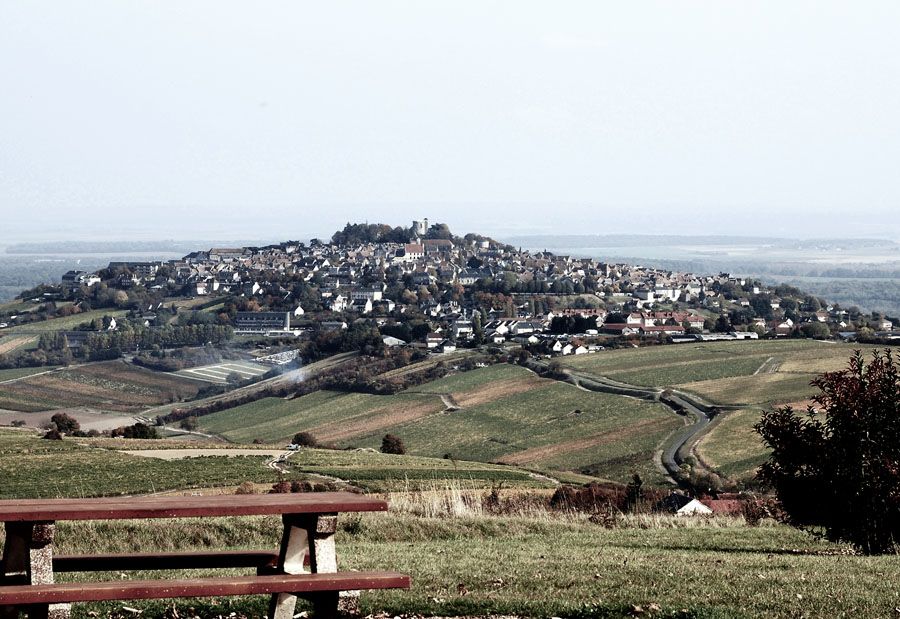
Successors of a long lineage of winegrowers, Jean-Paul and Magali Balland have, for 40 years, patiently developed the family Estate.
The domain remains familial. Jean-Paul is still passionate and is training Julien, Isabelle’s husband, to take care of the vineyard.
From a line of winegrowers dating back to the XVII th century, Jean-Paul and Magali Balland handed over the estate to their daughters in 2001. Isabelle, oenologist, in charge of vinification and Elise in marketing. Julien, Isabelle’s husband joins the domain which today covers 24 ha.
The Terroir of Sancerre
In the heart of France, in the Cher county, extends a small wine-growing area of 15 km by 10km.
It can be represented in the form of an island with tormented relief, bordered up by the Loire to the East and dominated by the “piton de Sancerre”.
Geological layers from very distant eras overlap and coexist at the same level. In some places, entire geological stages disappear. Other layers intertwine, giving rise to new eminences.
In Sancerre, the roots of a vine thus cross several layers of rock with vastly different characteristics. The oldest of which would have remained inaccessible without the original geological accident.
This wealth is shared by three main terroirs. From West to East they are:
• White lands
• “Caillottes”
• Clay-siliceous soils
The most clayey white soils produce a complex, full-bodied round white Sancerre that will open up with age.
150 million years old, the very stony rocks that make up the “caillottes” are much older. They also occupy 40% of the vineyard, between the white lands and Sancerre, in Bué, Chavignol or Verdigny. They can be noticed by their coarse limestone shards, white and compact.
The clay-siliceous soils represent the smallest of the main terroirs, around 15% of the vineyard. Its argillaceous rocks are the thinnest and youngest layers of the Sancerrois. They contain flint which has the property of continuously warming the vine. This terroir is found at the top and on the lopes of the great hills of eastern Sancerrois, notably in Sancerre, Saint-Satur, Ménétréol-sous-Sancerre and Bannon.
The Sancerre rouges produced on the most calcareous marls give a long wine in the mouth, with subtle aromas of red fruits. Made from “caillottes”, the Sancerre wines are fond of youth, floral and fruity expression. Produced on clay-siliceous soils, the wine will be marked by minerality, spicy notes and aromas of white flowers.




















































